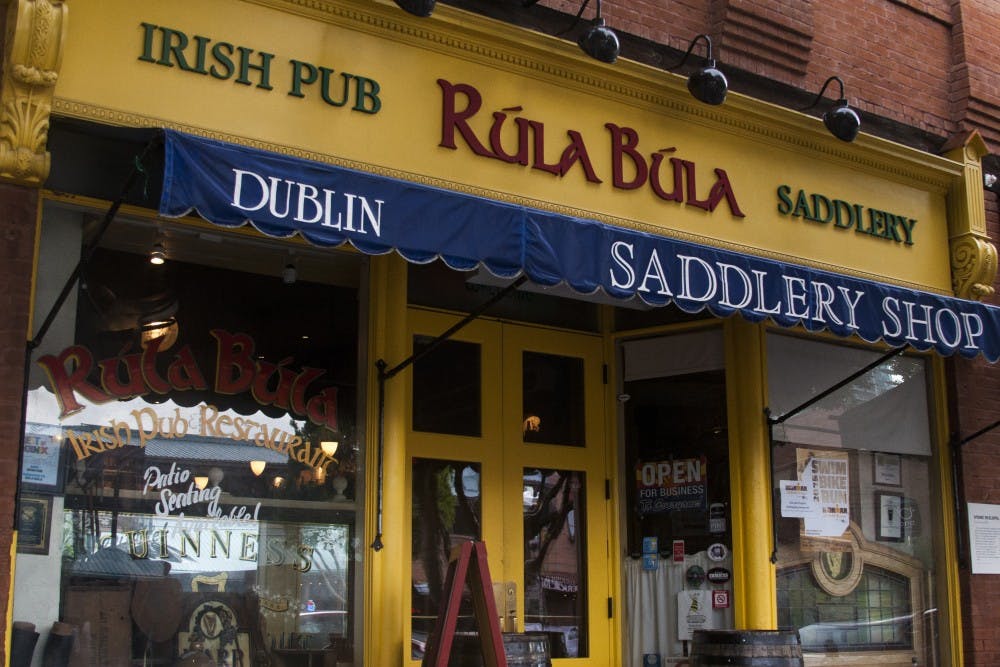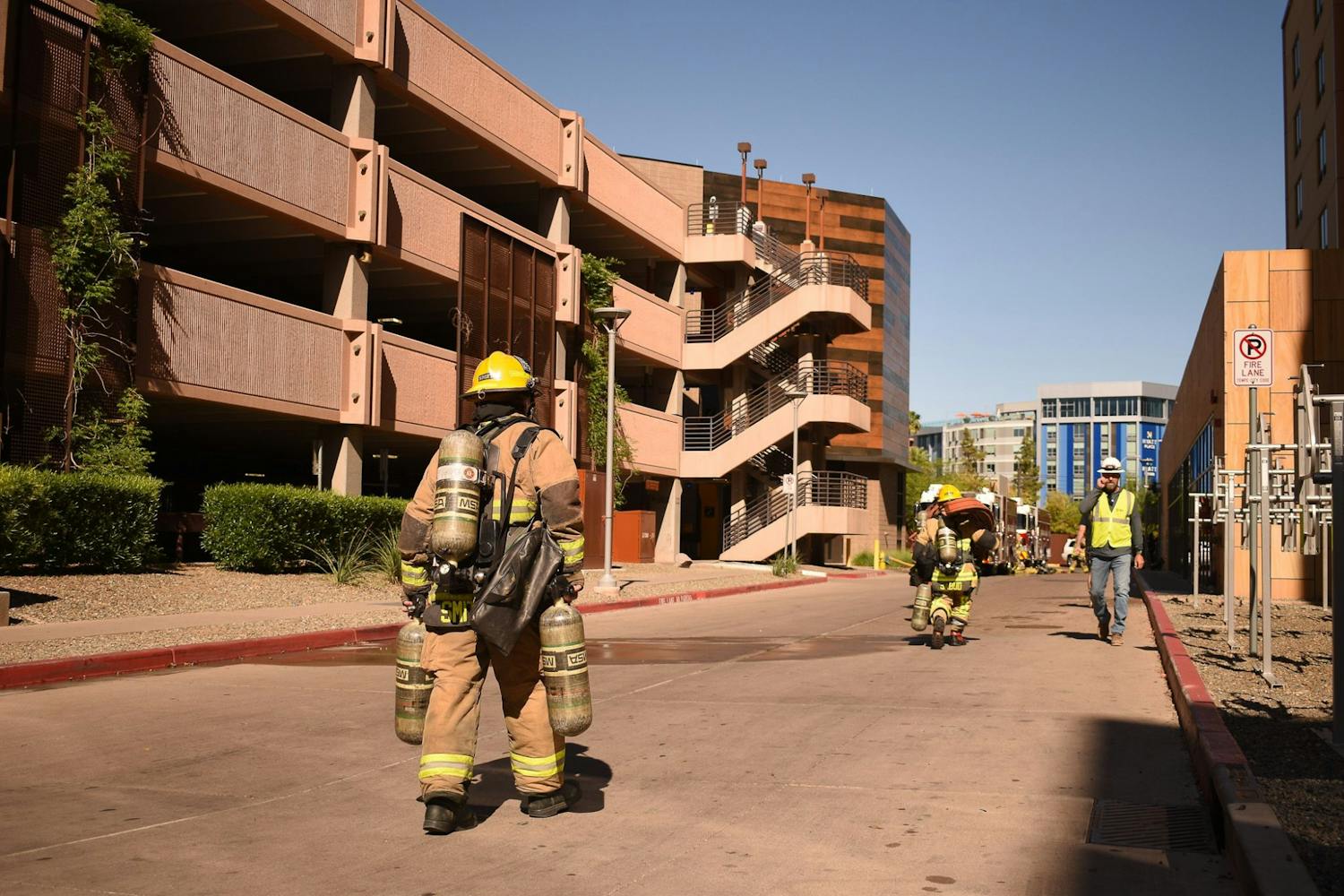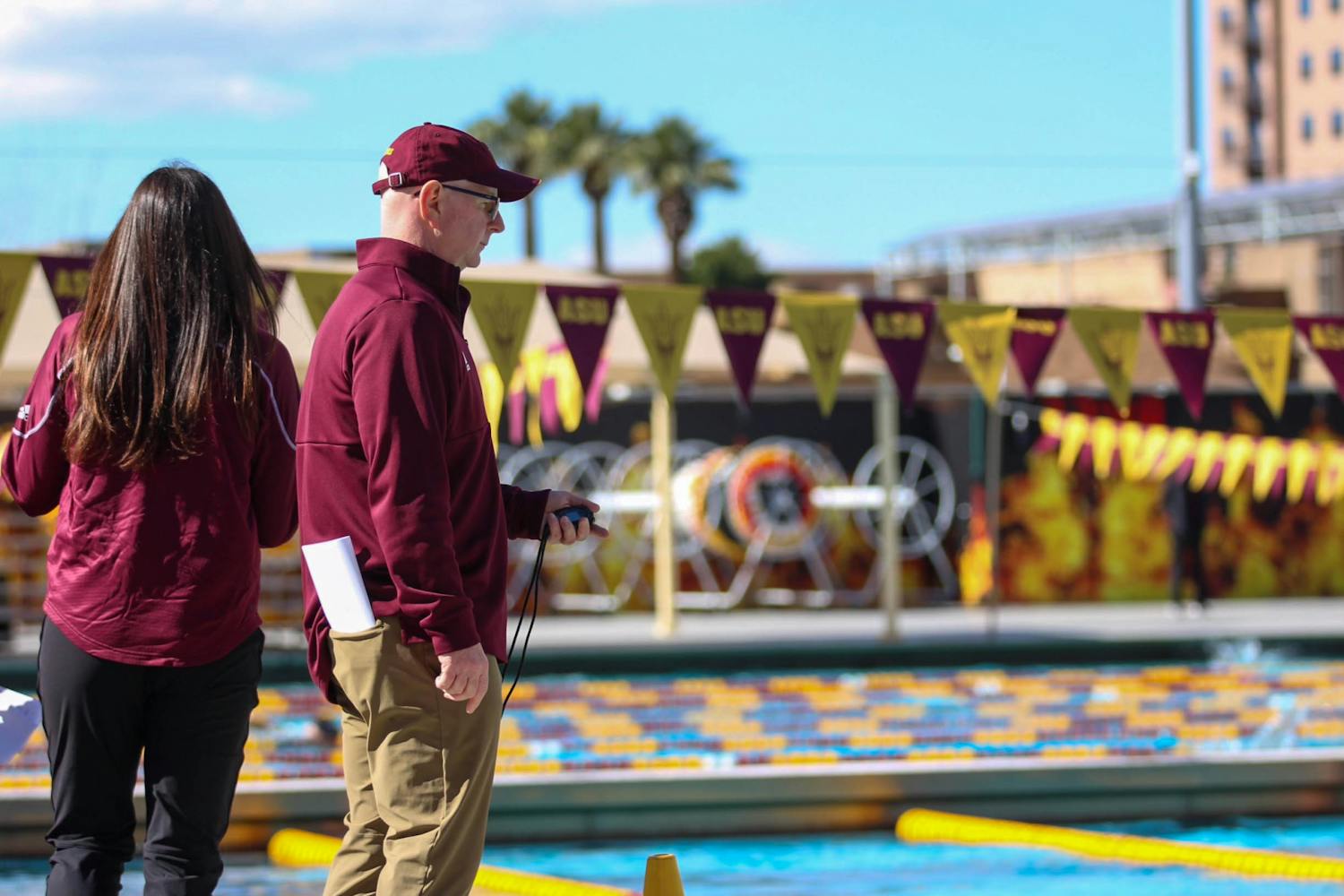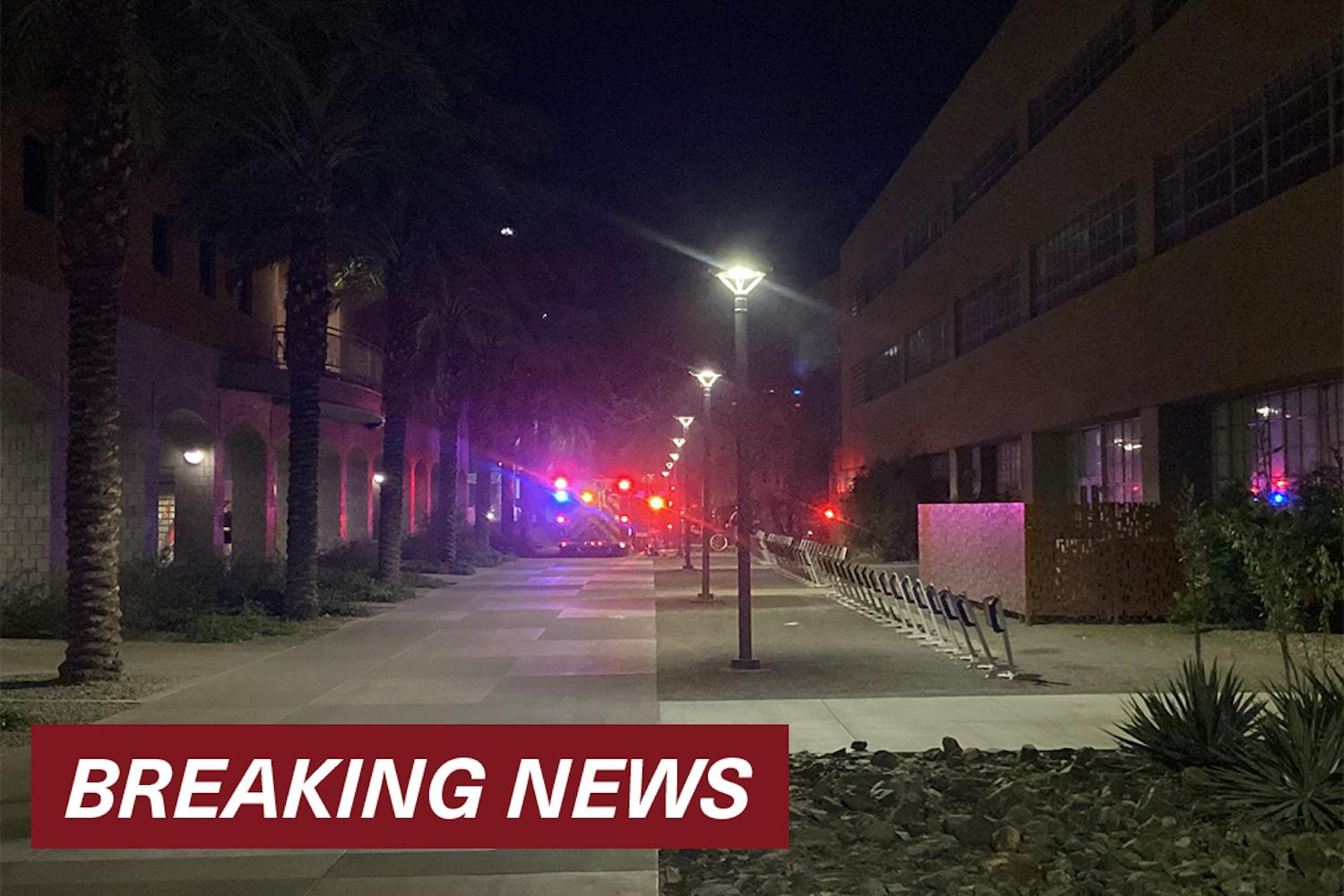Perhaps Tempe’s most historic cultural hub and landmark is Mill Avenue. To students, residents and tourists Mill Avenue may just look like a strip mall littered with bars, restaurants, boutiques and other shops, but a rich history lies in the 1.2 miles between Gammage Auditorium and the Hayden Flour Mill.
In this series, I will be exploring the backstories of Mill from the perspectives of the local business owner, historians and residents. By the end of this series, my goal is to create a timeline of Tempe’s hottest spots and their humble, historical origins.
Read More about Mill Avenue: An abridged history of Mill Avenue: The grandiose and worldly ASU Gammage
A century separates two significant fires that tried to destroy the Andre Building on the corner of Mill Avenue and Fourth Street, yet the building remains intact and operating more than 125 years after its creation.
R.G. Andre, one of Tempe’s most prominent businessmen before the turn of the 20th century, first opened a business on the Andre’s Building lot in 1888. It was designed by architect James M. Creighton, who many would consider has one of the loudest voices and is the architect mainly responsible for a lot of the aesthetic of Mill Avenue with his other buildings like Odd Fellows Hall and Tempe campus' President’s House.
First building
In 1888, when the first iteration of the building was created, Andre ran the establishment as a saddlery and tack shop. Looking back on that time period, it is often easy to forget that carriages and horse riding were the main modes of transportation. A saddlery was a necessary institution in the development of a small town.
The storefront was on the first floor, but the second floor was used as a fraternal hall. Many of Tempe’s residents were part of secret societies and lodges, but the Knights of Macabees and the Grand Fraternity Butte City Lodge were the two that frequently met upstairs.
Second building
In 1899, Andre’s saddlery was completely burned down and Cyrus Grant Jones, the first president of the Tempe National Bank rebuilt the building the next year. Jones became the owner of the new building and it stayed in his family until it became city of Tempe property in 1977.
From 1900 to 1977, the Andre Building was home to many of Tempe’s social and shopping infrastructures. Some of the business with significance or longevity include the U.S. Postage Office that stood there for 30 years, Price Wickliffe Furniture and, from 1917 to 1953, Tempe Masonic Lodge.
In 1979, the Andre Building was named a historical site through the National Register of Historic Places. Around this time, the building received many important modifications to match city codes that proved imperative two decades down the road.
In recent history, the Andre Building has been home to Paradise Bar and Grill and Butt Out E-Cigs, but the Irish pub, Rúla Búla, is the epitome of what the building stands for.
Rúla Búla
When looking for a new business, Steve Goumas, one of Rúla Búla's founding managing partners, immediately found interest in the Andre Building and its historical and cultural status. The concept of Rúla Búla was established in part as homage to Andre’s Irish heritage.
The exterior facade was restored in 1981, but the interior wasn’t brought back to its pristine, unique Irish appearance until Goumas and co. began their renovations. On Aug. 4, 1999, a second fire devastated the Andre Building that set back Rúla Búla creation a year.
The attention to detail inside of Rúla Búla is astounding. The Irish aesthetic was researched extensively and includes tack from the period that Andre was in the business. This idea was based on the state of affairs in Ireland in the late 1800s. Because Ireland was an impoverished nation until fairly recently, shops would slowly transform from one thing to another, instead of just quickly becoming something new. Rúla Búla realized this by keeping some of the saddles, horse medicines and other artifacts as well as functioning as a bar and restaurant. Goumas reflected on some of the intriguing ingredients that were common practice in Andre’s time.
“We have all of the horse medicines on the back bars,” Goumas said. “All of those medicines are prior to 1930. You read some of the label on those medicines and they have things like arsenic in them. And cocaine — all that stuff that is outlawed today.”
Along with the medicines, a few European saddles were brought in too. Bartender Jodie Baran remarked on the great measures Rúla Búla took to assure authenticity.
“Rúla Búla is one of the oldest buildings on Mill and in recent history it is one of the oldest running restaurants because everything else is new,” Baran said. “All of the bar chairs and tables come from Ireland. They ship them over on ships and then they freight them across country on a train.”
The demographic of Rúla Búla is slightly different than the other bars along Mill. It skews slightly older dues to its foreign beers on tap and high-quality cuisine. That doesn’t stop speech and hearing sciences junior Carlee Pirruccello from stopping buying and enjoying lunch from time to time.
“The food is great, but the experience is unique,” Pirruccello said. “I love looking at all of the knickknacks — there is always something new to find.”
Related links:
An abridged history of Mill Avenue: The grandiose and worldly ASU Gammage
An abridged history of Mill Avenue: A secret cultural hub of Tempe
Reach the reporter at tanner.stechnij@asu.edu or follow @tannerstechnij on Twitter.
Like The State Press on Facebook and follow @statepress on Twitter.




